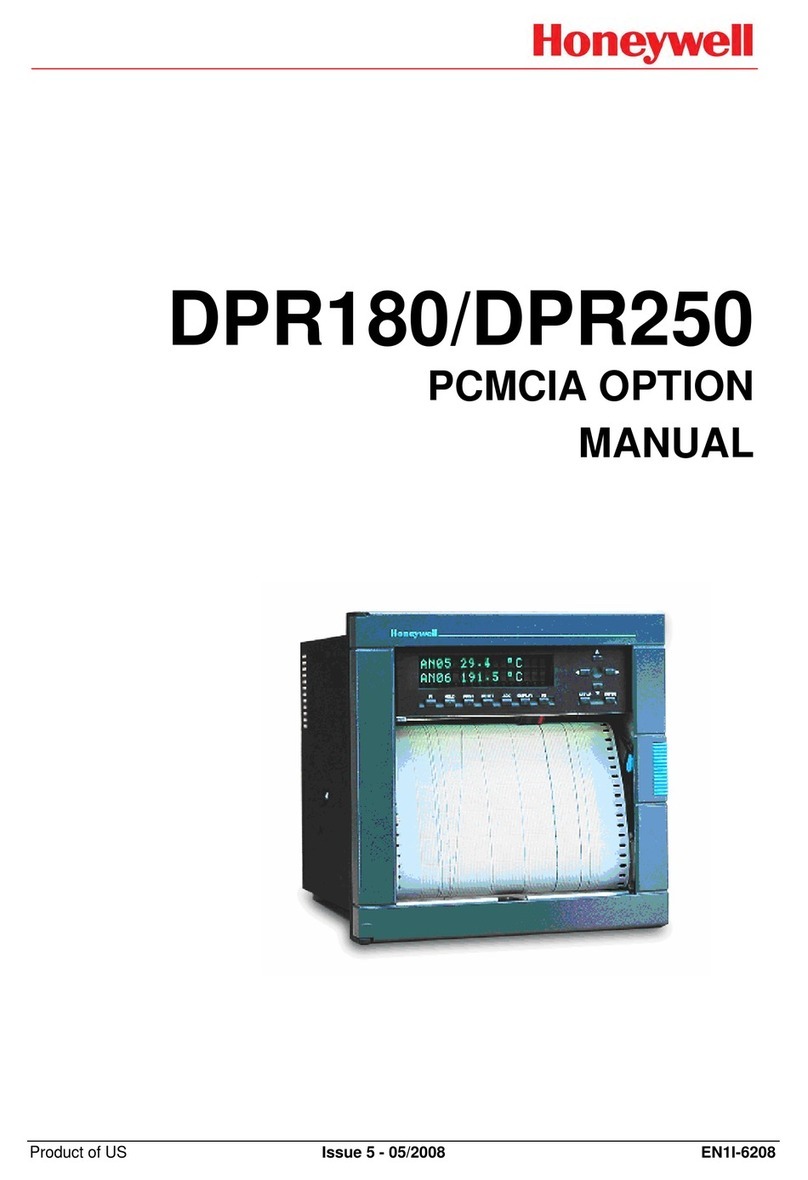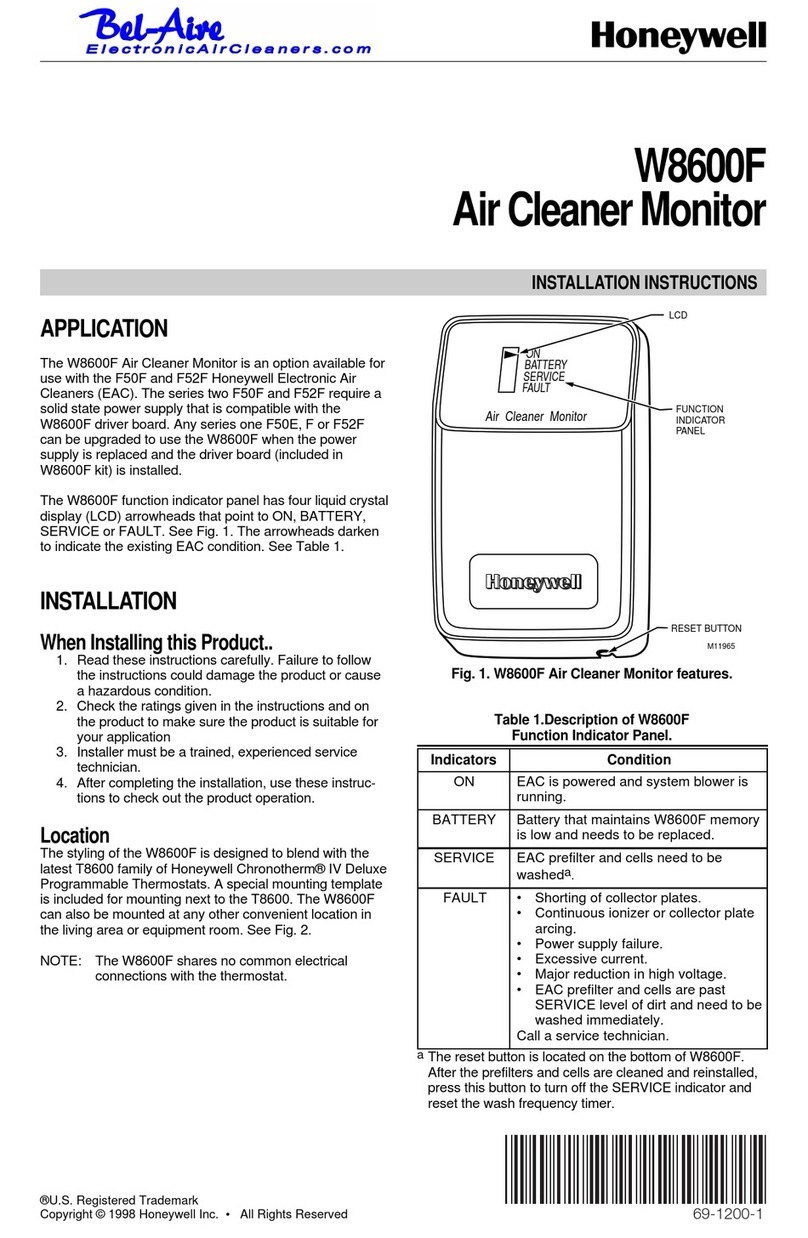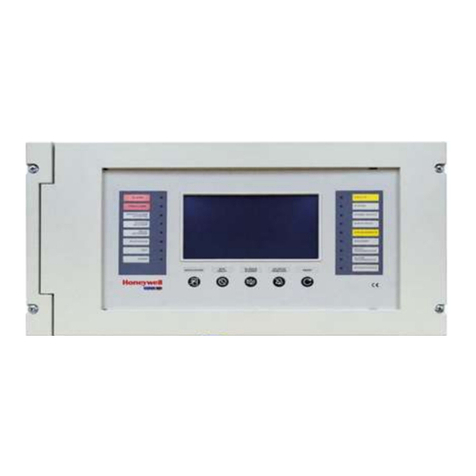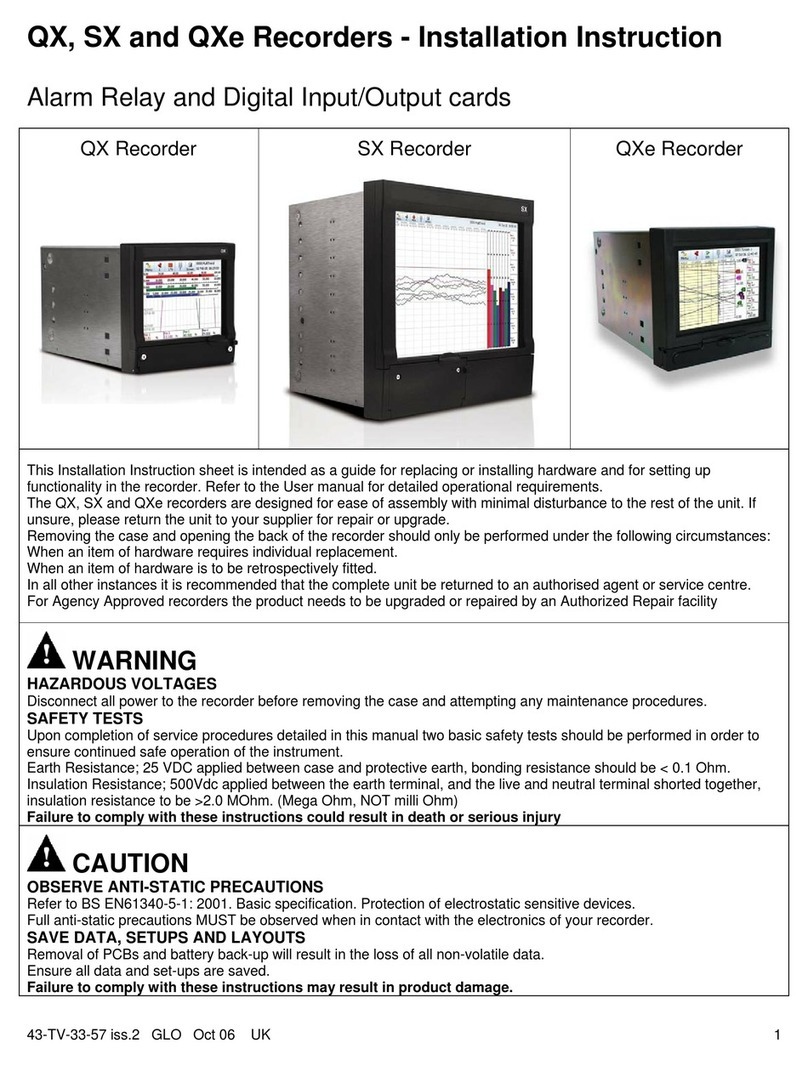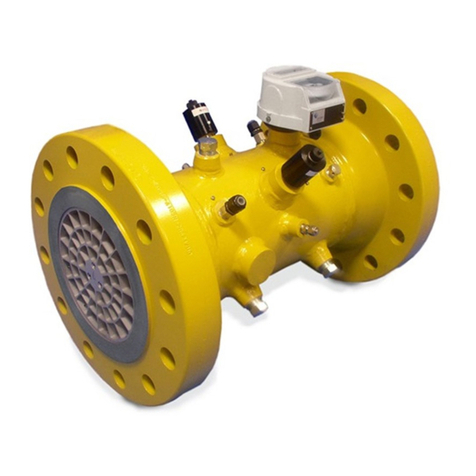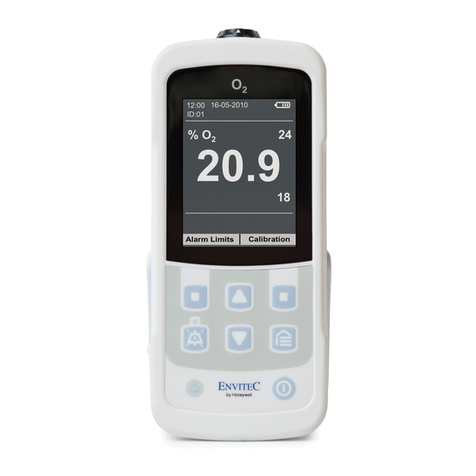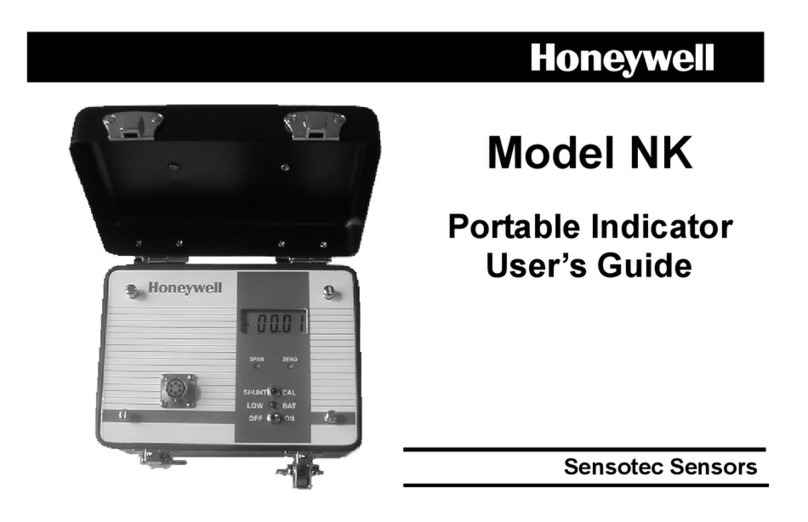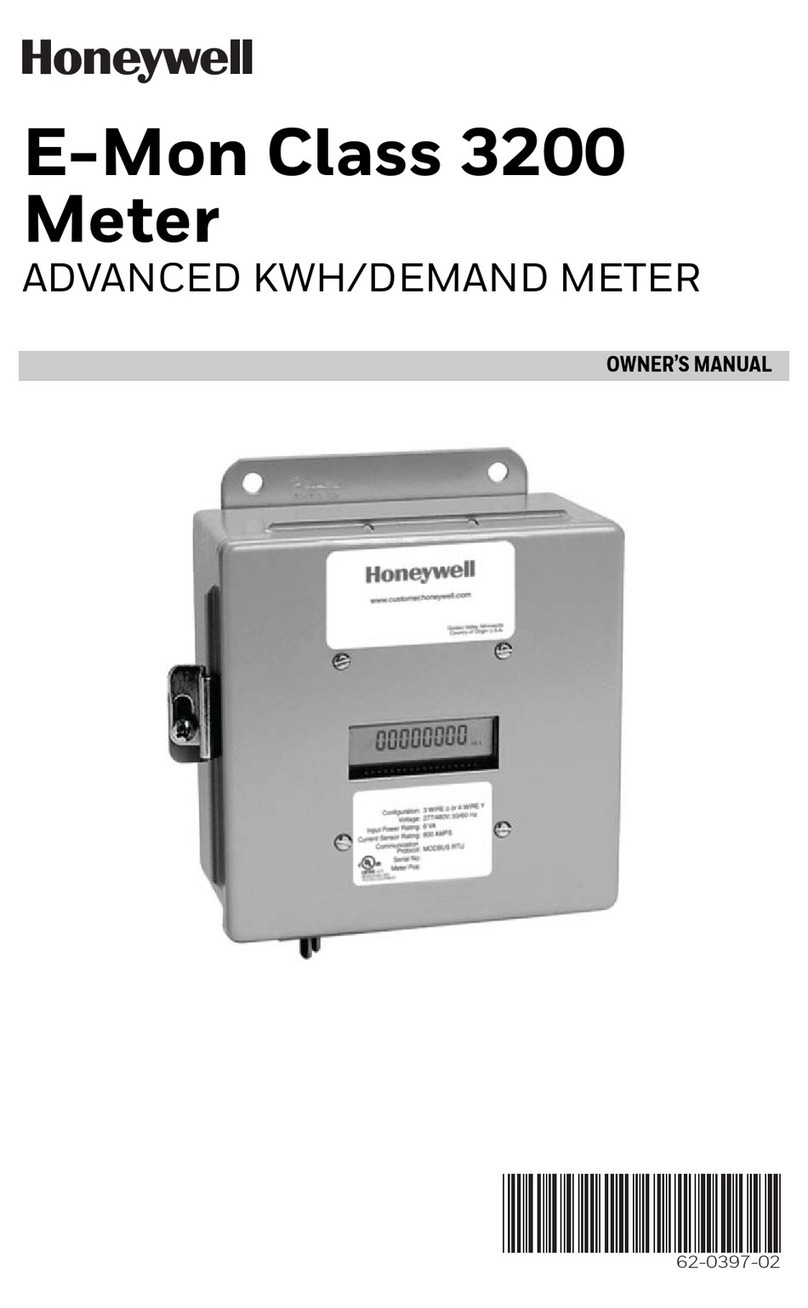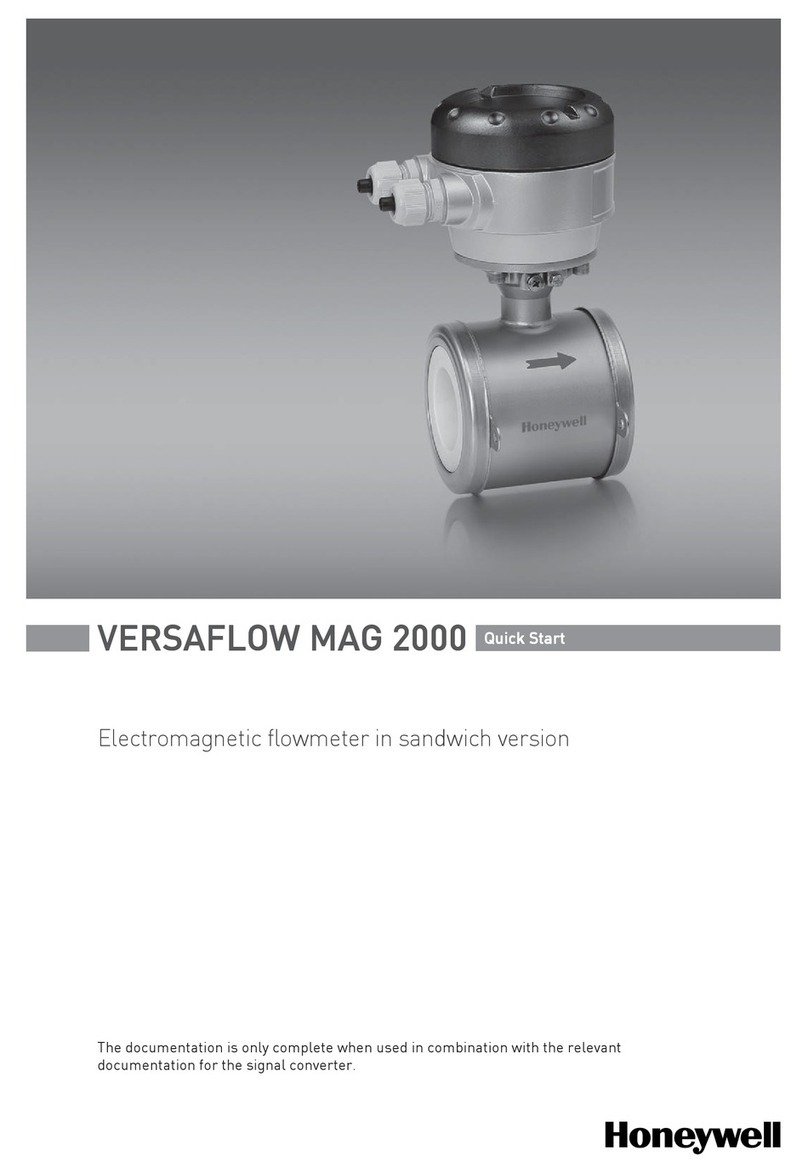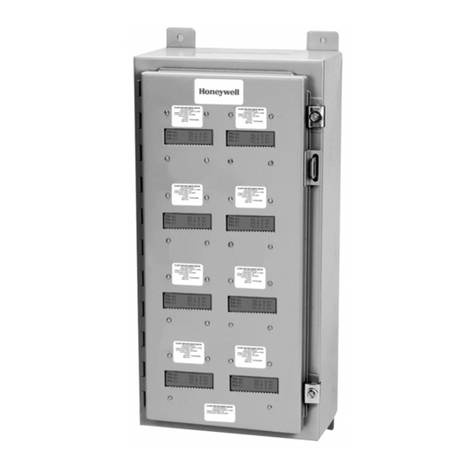
vii TMS 9250 Product User Manual Rev B
April 2012
© 2012 – Honeywell International Inc. All rights reserved
Contents
1. TMS 9250 TORQUE MEASUREMENT SYSTEM................. 9
1.1 Important General and Safety Warnings............................................... 9
1.2 Certification Information....................................................................... 11
1.3 In The Box............................................................................................... 12
1.4 Intended Use .......................................................................................... 14
Torque Sensor..................................................................................................... 14
Usage Scenario of TMS 9250.............................................................................. 14
1.5 Installation and Setup ........................................................................... 15
Bolting Information............................................................................................... 15
Torque Sensor..................................................................................................... 15
Caliper Coupling Module ..................................................................................... 16
Signal Processing Module................................................................................... 17
SPM External Connection.................................................................................... 17
SPM Internal Connection..................................................................................... 18
Powering of Device.............................................................................................. 18
Toolkit Installation................................................................................................ 18
2. MODES OF OPERATION................................................... 25
2.1 Normal Mode Operation Detailed Description.................................... 25
Normal Mode Operation ...................................................................................... 25
2.2 Fast Mode Operation Detailed Description......................................... 26
Fast Mode Operation........................................................................................... 26
2.3 Analog Output Characteristics............................................................. 30
3. CALIBRATION ................................................................... 31
3.1 System Calibration Method .................................................................. 31
3.2 Shunt Calibration................................................................................... 32
3.3 Recalibration .......................................................................................... 32
4. TROUBLESHOOTING........................................................ 33
4.1 “Power On” Light Not Showing............................................................ 33
4.2 “Rotor Active” Light Not Showing....................................................... 33
4.3 SHUNT Calibration Not Operating........................................................ 34
4.4 No Communication................................................................................ 34
5. PRODUCT SPECIFICATIONS ........................................... 37
6. APPENDICES..................................................................... 39
